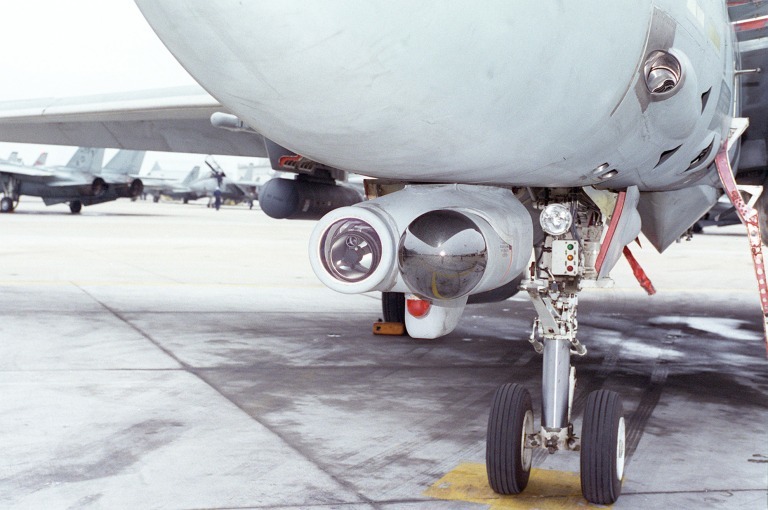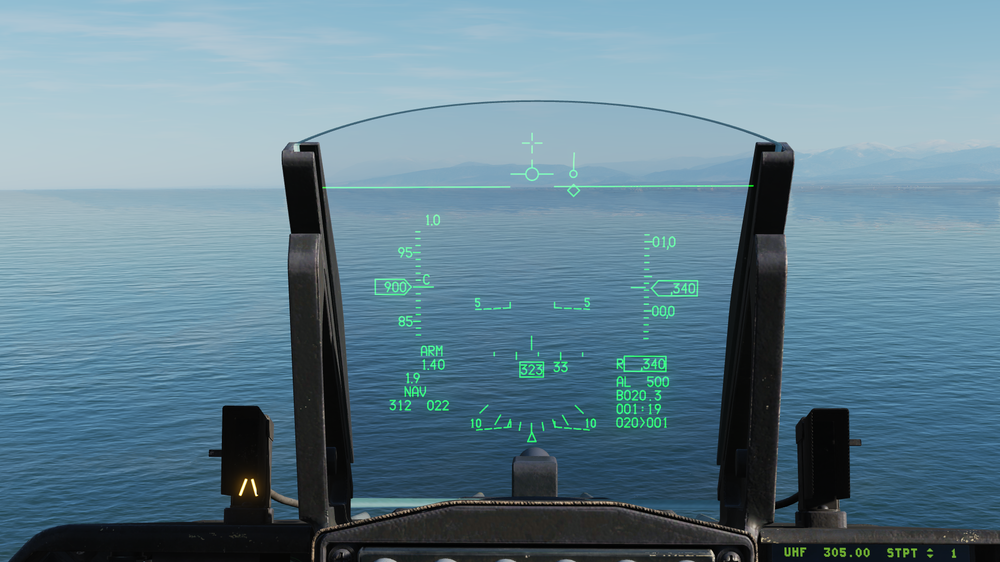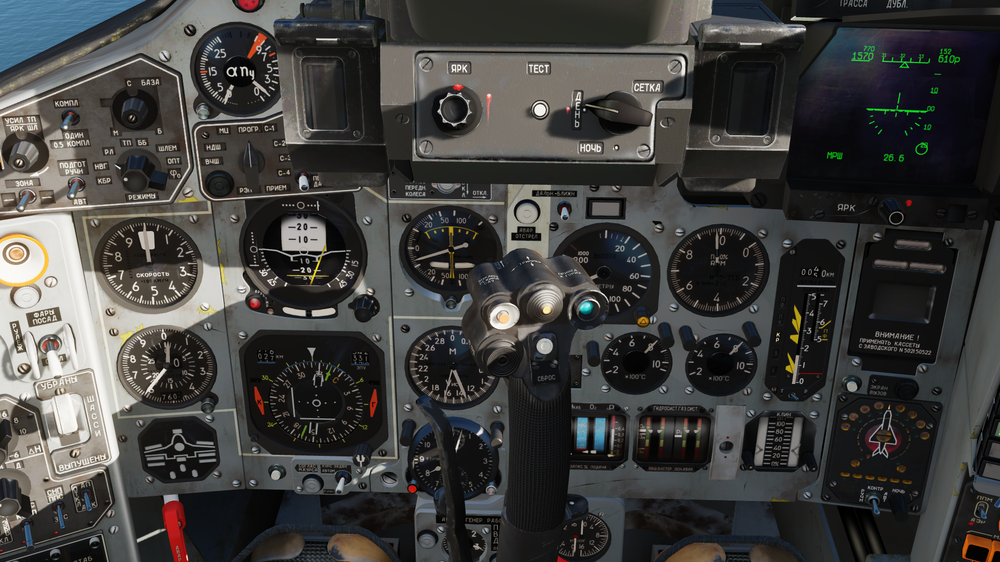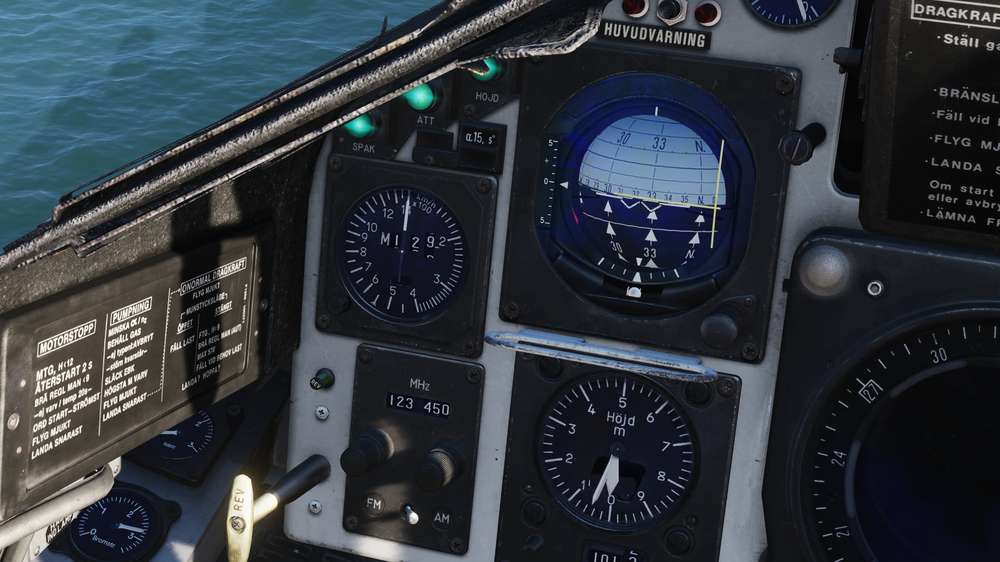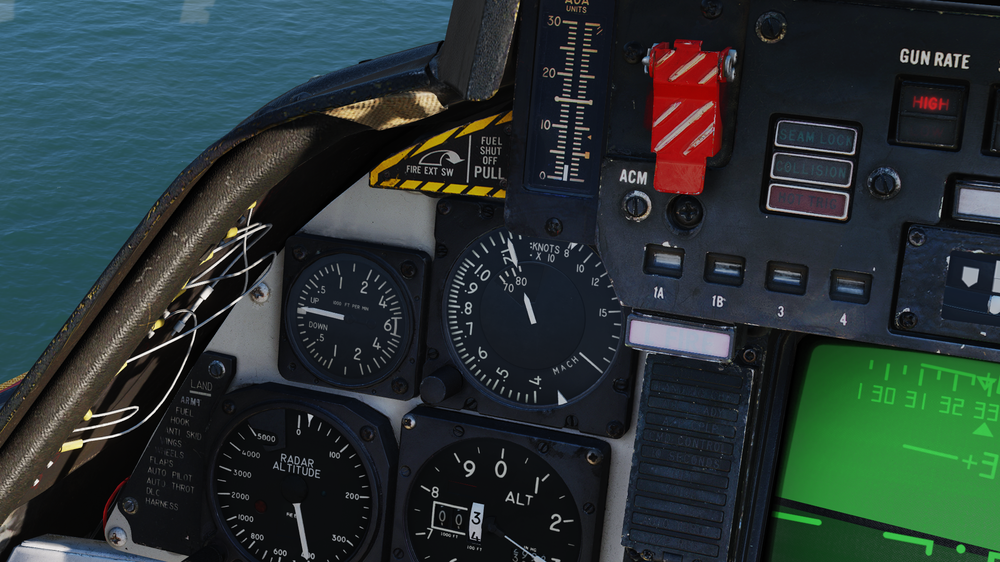-
Posts
1057 -
Joined
-
Last visited
Content Type
Profiles
Forums
Events
Everything posted by Skysurfer
-
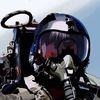
When would you use the emergency disconnect paddle on the stick?
Skysurfer replied to titanium's topic in DCS: F-14A & B
That NATOPS is for a DFCS jet. Reference the flight controls section. -
Reference the below image. The seeker is also giballed so once the missile has a lock or is looking in the general direction you won't create enough LOS rate change to escape its FOV.
-
Same. But maybe they are working on some fancy reveal video. We'll know on the 4th I guess.
-

F-14A on the 19th? *wink, wink, nudge nudge*
Skysurfer replied to Southernbear's topic in DCS: F-14A & B
GPS. -
Let alone the fact that DCS does not model over-time metal fatique and accumulative airframe stress. Only catastrophic failures are modelled. Also, my previous post was in no way meant to be offensive or an attack towards you or your post in any way, just wanted to get staight to the point.
-
Lift vector placement and power settings, of which there are only two for the start (idle, boards or full AB).
-
They did implement some extensive flap damage model in one of the recent patches and said this was mostly final and they won't go much beyond this level of modeling. I couldn't tell you because I don't try and break the jet though. :smilewink: You can get stuck AUX flaps or asymetric deployment if that's what you're asking. The 2G operational limit isnt the breaking point, it is a conservative limit with lots of buffer. Obviously there wont be any IRL data on when and how exactly the main flaps will fail under various overstress conditions. This very topic has been discussed extensively in the past and the TLDR is, you don't know what you don't know. HB are listening to SME's and statements from Grumman regarding the flaps and it's already in the ballpark of the real expected performance. Unless you have your very own flight test data to disprove that.
-

Why AJS-37 flying 1.32M above the ground in level flight?
Skysurfer replied to Shmal's topic in Bugs and Problems
Agreed. Sadly there hasn't been much attention or incentive to push the Viggen out of EA with its remaining issues. The FM and engine performance were reviewed and tuned a while back but I haven't really flown it too much to really see a noticeable difference. Sadly we probably won't see any attention to the Viggen this year anymore. The Tomcat on the other hand has an excellent FM, since they get a lot of SME feedback and inputs and doesn't exhibit any out of the ordinary flight performance features - apart from those few "exploits" some people use that obviously break it. -
Didn't they say they have at least two weeks of testing?
-

Why AJS-37 flying 1.32M above the ground in level flight?
Skysurfer replied to Shmal's topic in Bugs and Problems
And I agree with that with regards to payload. But from what I'm seeing in the first two graphs and from my very limited understanding of Swedish is that the "zone 3" AB thrust curve might be artificially cut off to respect Vne by the looks of it, based on what we see from the last graph. Just a healthy asumption here and even if that's the case the deviations and excess thrust and speed should probably not be as great as what we see in DCS. And again, I mostly agree with all of you on that one but there simply wont be any actual data "busting" operational limits to know for a fact. -

Why AJS-37 flying 1.32M above the ground in level flight?
Skysurfer replied to Shmal's topic in Bugs and Problems
Yes, I can read diagrams. The question is, is the Vne indicated of 1350 an artificially placed limitation, thus cutting the graph off artificially? Because you can see the extrapolated red lines go past said limits. -

Why AJS-37 flying 1.32M above the ground in level flight?
Skysurfer replied to Shmal's topic in Bugs and Problems
Well, there is no flight-test data for it and no one has attempted it. Like people mentioned in reality you'd worry about thermal heatup and shockwaves forming on undesirable parts of the aicraft and engine components. The Mig-25 had problems or limitations with all of that even at altitude, even though the engine would probably be fine, it's the airframe structure and aerodynamic stability that would cause problems first. -
I too hope to see some 14A previews and an updated state of development and roadmap before the 4th. Communication is key my dudes at HB. :thumbup:
-

[ART] Pitch trim needle not illuminated by instrument lights
Skysurfer replied to Machalot's topic in Bugs and Problems
Seems like they rushed the lighting rework in both the Viggen and the Tomcat. -

When would you use the emergency disconnect paddle on the stick?
Skysurfer replied to titanium's topic in DCS: F-14A & B
It does dump roll and pitch sas on older iterations. As I said, my quote is from the 97/2004 14A manual with DFCS. Gotta remember our cat is a mid 80's to mid 90's model. -
What do they say, "you dont know what you don't know". :smilewink:
-

Why AJS-37 flying 1.32M above the ground in level flight?
Skysurfer replied to Shmal's topic in Bugs and Problems
Good stuff! -

When would you use the emergency disconnect paddle on the stick?
Skysurfer replied to titanium's topic in DCS: F-14A & B
From the NATOPS: "Disengages all autopilot modes and DLC. Releases all autopilot switches. Depressing the paddle switch reverts throttle system from AUTO or BOOST mode to MAN mode only while depressed and with weight on wheels." It also seems like on later DFCS birds the paddle did not disengage the ROLL and PITCH SAS or DFCS. -

Running request - Bindable Button / Axis options
Skysurfer replied to maverickturner's topic in Bugs and Problems
I would really love to see two binds that cycle the Jester menu clockwise and counter-clockwise. Would make binding it to a HOTAS much easier and more intuitive. -

Why AJS-37 flying 1.32M above the ground in level flight?
Skysurfer replied to Shmal's topic in Bugs and Problems
1) Yes. I did my tests at ISA conditions (or DCS ISA conditions rather) and had the above mentioned results. And as mentioned previously the smooth ride is due to the lack of any more complex atmospheric and environmental effect engine in DCS, as well as any interference of the shockwave our compressible boundary layer, dawnwash etc. with the ground. Not to say that ground effect in the takeff and landing config isn't modelled in most aircraft it's just that it doesnt seem to have a noticeable effect at compressible or supersonic flight. 2) Well, I stop taking people seriously whenever they compare DCS to real life in these kinds of places. It's a game, you either accept that or live in a constant state of dissatisfaction and pointing out various flaws. This is also the internet forum and I wasn't "talking" to you nor do I know you, I just see something that I disagree with and reply to it. There is absolutely no need to take this personally or feel attacked by someone on the internet you know literally nothing about. Again, I merely pointed out the flaws in your previous statements. We can agree to disagree here. 3) And yes I am for real. I brought up the F-16 because it is another DCS module that can easily achieve or even exceed these high Mach numbers at sea level. You then dismissed my statement saying "No it will shake itself apart", to which I replied pointing out that this is a bug and only happens in certain rare occasions. On the topic of the F-16, the published IAS/CAS limitations is 800kts CAS at sea level, it is however also mentioned that due to the great excess power of the F110/F100 this speed can easily be exceeded. Obviously there are hundreds of factors in the real world incolved with this flight regime and flight at these speeds and altitude which greatly exceed the scope of a desktop flight simulator / game. Again, all I tried to point out in my initial reply was that it is not a peculiarity of the Viggen but most other DCS jets. Thus I think the developers can eventually look at the flight model and related drag values and check them against the real world data (however I doubt there even is flight test data for these speeds and alts). -
I noticed that all of the internal TCS components are not textured (just like the additional LAU-7's for the 4x AIM9 loadout). Will this be adressed at some point? The main camera components should have a black-ish tone with two mirror plates behind them, all within a quartz-glass window. as illustrated by the pictures below.
-
The new lighting model is messed up like that and HB still haven't fixed some of the bulbs and their brightness.
-

When would you use the emergency disconnect paddle on the stick?
Skysurfer replied to titanium's topic in DCS: F-14A & B
Yeah no, spin recovery dictates all SAS witches should be ON. You dont touch the paddle in that case. -

Why AJS-37 flying 1.32M above the ground in level flight?
Skysurfer replied to Shmal's topic in Bugs and Problems
First and foremost to illustrate that not only the Viggen can sustain Mach 1.3+ (or comparable speeds) at sea level in max AB with no issues whatsoever, below are a few screenshots of various DCS modules doing exactly just that. Some aircraft like the Mig-21 and Tomcat obviously simulate various engine limitations and the effects of reaching Vne/Mmo, but even then in a rather simple and best case scanario manner. Something to also mention, there is a bug in DCS that when you have stores (fuel tanks, missiles) and jettison them in flight you will have less drag than if you spawn in the exact same clean config, with no prior stores. In the Viggen for example, if you spawn clean you can do 1.29 - 1.3 on the deck in stage 3, if you spawn with stores and jettison those you can usually do 1.35-36. Something worth mentioning I guess.




